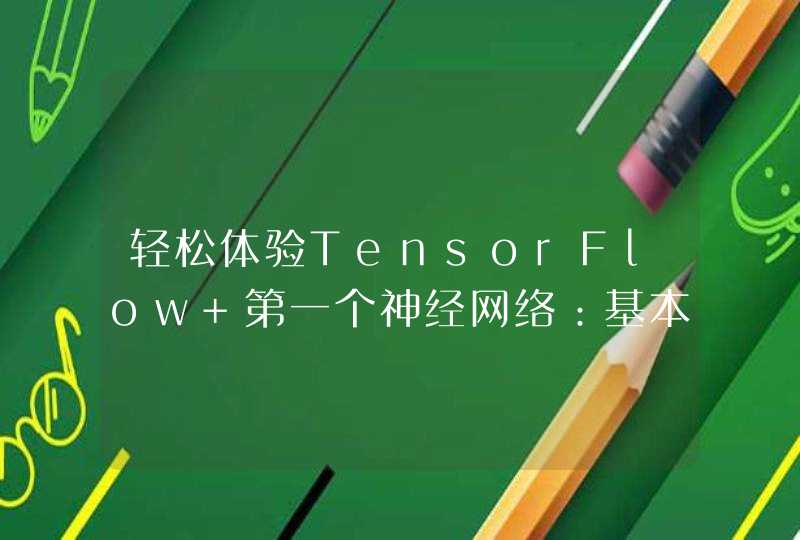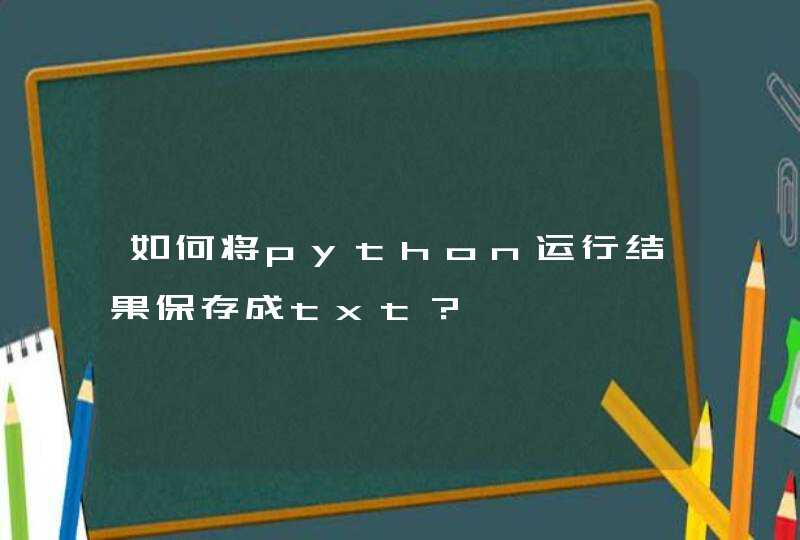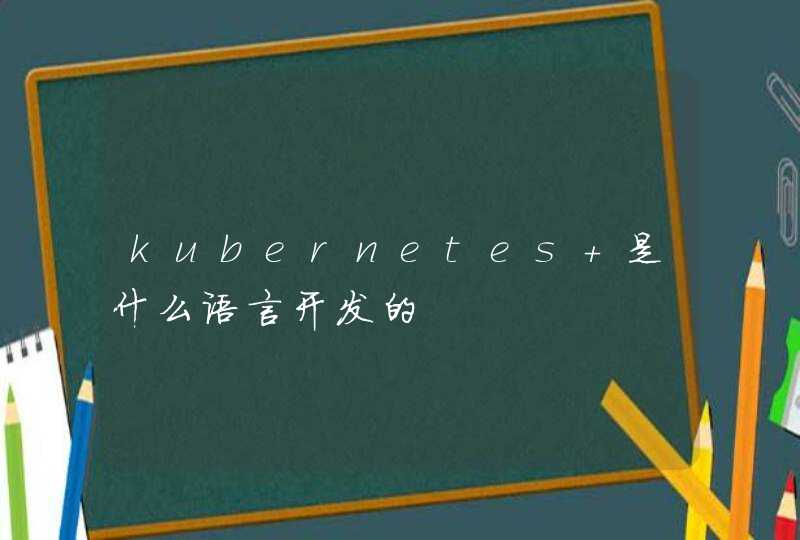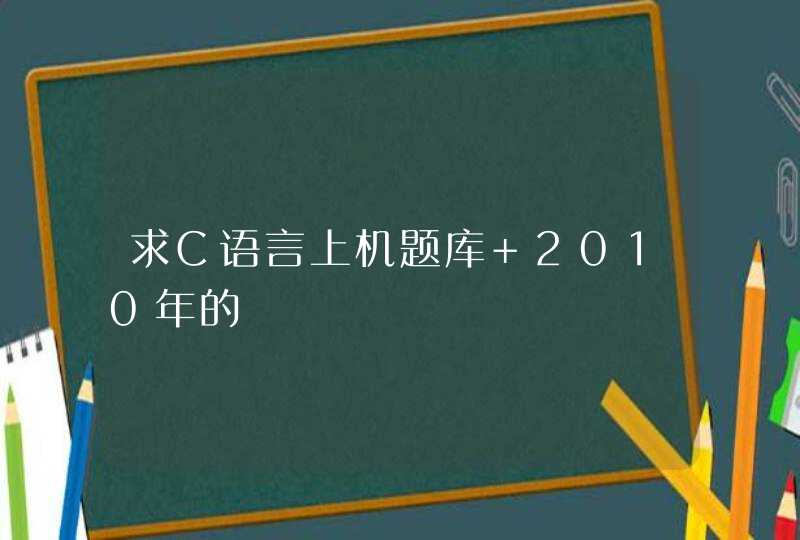
1. 使用线性模型的求解方法:可以使用sklearn中的LogisticRegression类来求解正系数,调用其中的fit()方法就可以求解出正系数。
2. 使用梯度下降法:可以自己实现梯度下降法,通过不断迭代更新正系数,最终获得最优的正系数。
是的,python逻辑回归可以画出列线图。列线图是一种用来表示目标变量与自变量之间关系的可视化图表。可以使用python的matplotlib库来绘制列线图,以更好地理解模型的结果。以下为python代码,由于训练数据比较少,这边使用了批处理梯度下降法,没有使用增量梯度下降法。
##author:lijiayan##data:2016/10/27
##name:logReg.pyfrom numpy import *import matplotlib.pyplot as pltdef loadData(filename):
data = loadtxt(filename)
m,n = data.shape print 'the number of examples:',m print 'the number of features:',n-1 x = data[:,0:n-1]
y = data[:,n-1:n] return x,y#the sigmoid functiondef sigmoid(z): return 1.0 / (1 + exp(-z))#the cost functiondef costfunction(y,h):
y = array(y)
h = array(h)
J = sum(y*log(h))+sum((1-y)*log(1-h)) return J# the batch gradient descent algrithmdef gradescent(x,y):
m,n = shape(x) #m: number of training examplen: number of features x = c_[ones(m),x] #add x0 x = mat(x) # to matrix y = mat(y)
a = 0.0000025 # learning rate maxcycle = 4000 theta = zeros((n+1,1)) #initial theta J = [] for i in range(maxcycle):
h = sigmoid(x*theta)
theta = theta + a * (x.T)*(y-h)
cost = costfunction(y,h)
J.append(cost)
plt.plot(J)
plt.show() return theta,cost#the stochastic gradient descent (m should be large,if you want the result is good)def stocGraddescent(x,y):
m,n = shape(x) #m: number of training examplen: number of features x = c_[ones(m),x] #add x0 x = mat(x) # to matrix y = mat(y)
a = 0.01 # learning rate theta = ones((n+1,1)) #initial theta J = [] for i in range(m):
h = sigmoid(x[i]*theta)
theta = theta + a * x[i].transpose()*(y[i]-h)
cost = costfunction(y,h)
J.append(cost)
plt.plot(J)
plt.show() return theta,cost#plot the decision boundarydef plotbestfit(x,y,theta):
plt.plot(x[:,0:1][where(y==1)],x[:,1:2][where(y==1)],'ro')
plt.plot(x[:,0:1][where(y!=1)],x[:,1:2][where(y!=1)],'bx')
x1= arange(-4,4,0.1)
x2 =(-float(theta[0])-float(theta[1])*x1) /float(theta[2])
plt.plot(x1,x2)
plt.xlabel('x1')
plt.ylabel(('x2'))
plt.show()def classifyVector(inX,theta):
prob = sigmoid((inX*theta).sum(1)) return where(prob >= 0.5, 1, 0)def accuracy(x, y, theta):
m = shape(y)[0]
x = c_[ones(m),x]
y_p = classifyVector(x,theta)
accuracy = sum(y_p==y)/float(m) return accuracy
调用上面代码:
from logReg import *
x,y = loadData("horseColicTraining.txt")
theta,cost = gradescent(x,y)print 'J:',cost
ac_train = accuracy(x, y, theta)print 'accuracy of the training examples:', ac_train
x_test,y_test = loadData('horseColicTest.txt')
ac_test = accuracy(x_test, y_test, theta)print 'accuracy of the test examples:', ac_test
学习速率=0.0000025,迭代次数=4000时的结果:
似然函数走势(J = sum(y*log(h))+sum((1-y)*log(1-h))),似然函数是求最大值,一般是要稳定了才算最好。
下图为计算结果,可以看到训练集的准确率为73%,测试集的准确率为78%。
这个时候,我去看了一下数据集,发现没个特征的数量级不一致,于是我想到要进行归一化处理:
归一化处理句修改列loadData(filename)函数:
def loadData(filename):
data = loadtxt(filename)
m,n = data.shape print 'the number of examples:',m print 'the number of features:',n-1 x = data[:,0:n-1]
max = x.max(0)
min = x.min(0)
x = (x - min)/((max-min)*1.0) #scaling y = data[:,n-1:n] return x,y
在没有归一化的时候,我的学习速率取了0.0000025(加大就会震荡,因为有些特征的值很大,学习速率取的稍大,波动就很大),由于学习速率小,迭代了4000次也没有完全稳定。现在当把特征归一化后(所有特征的值都在0~1之间),这样学习速率可以加大,迭代次数就可以大大减少,以下是学习速率=0.005,迭代次数=500的结果:
此时的训练集的准确率为72%,测试集的准确率为73%
从上面这个例子,我们可以看到对特征进行归一化操作的重要性。




































































